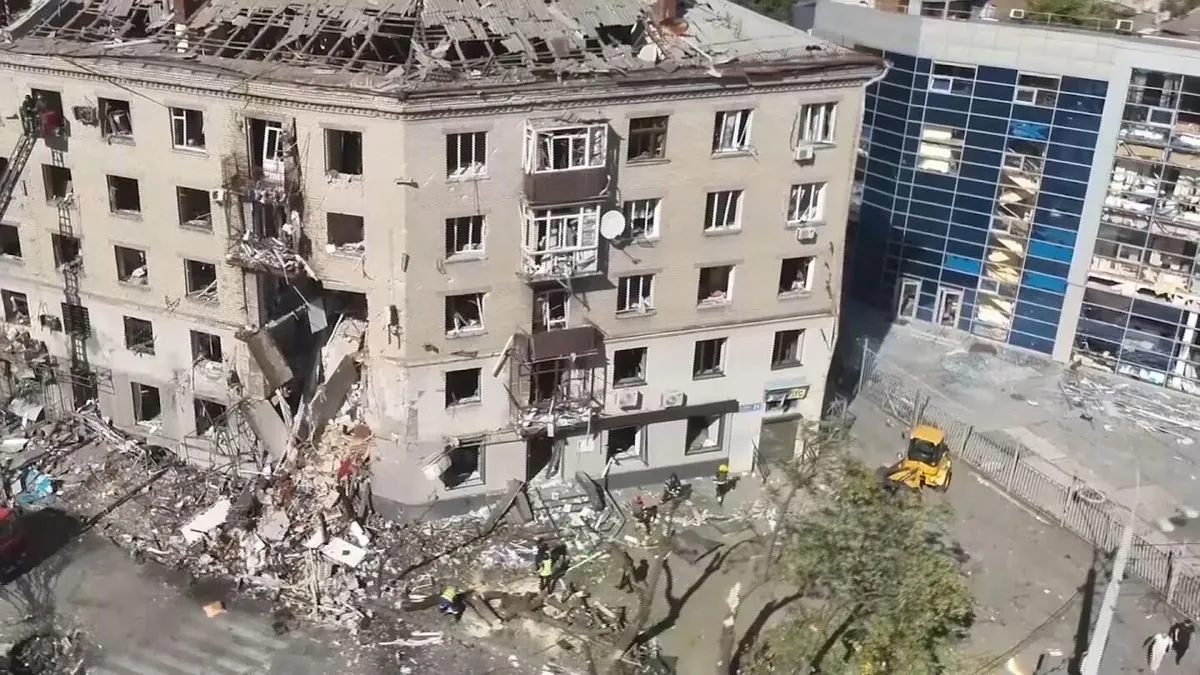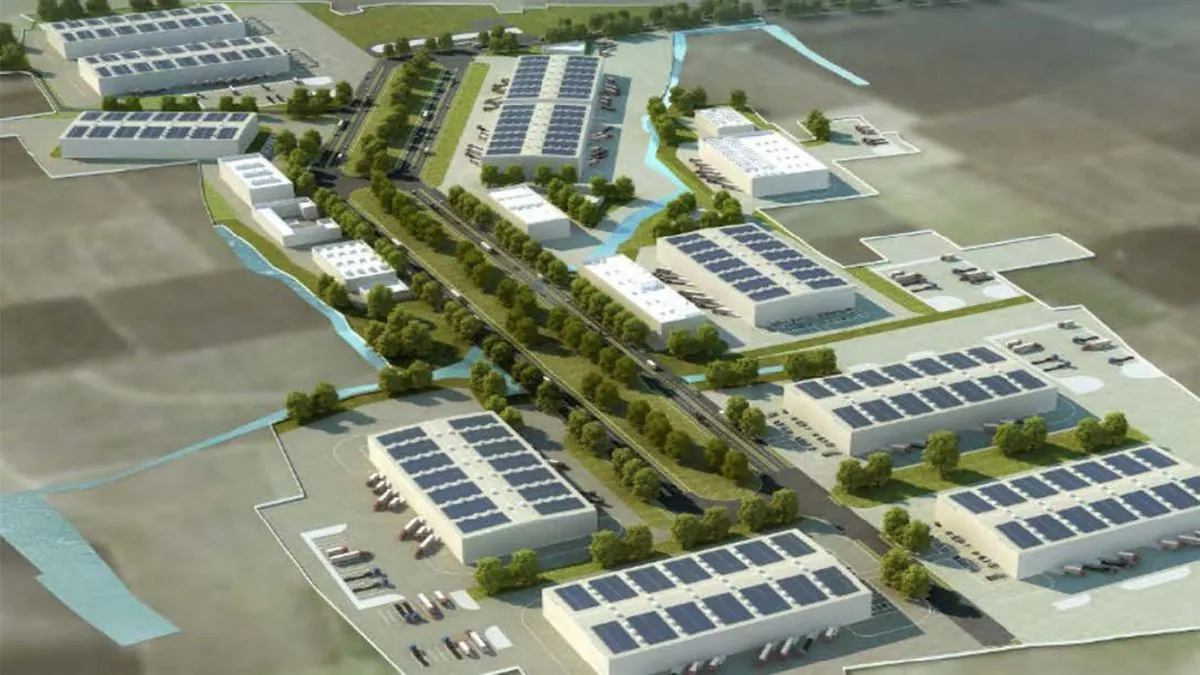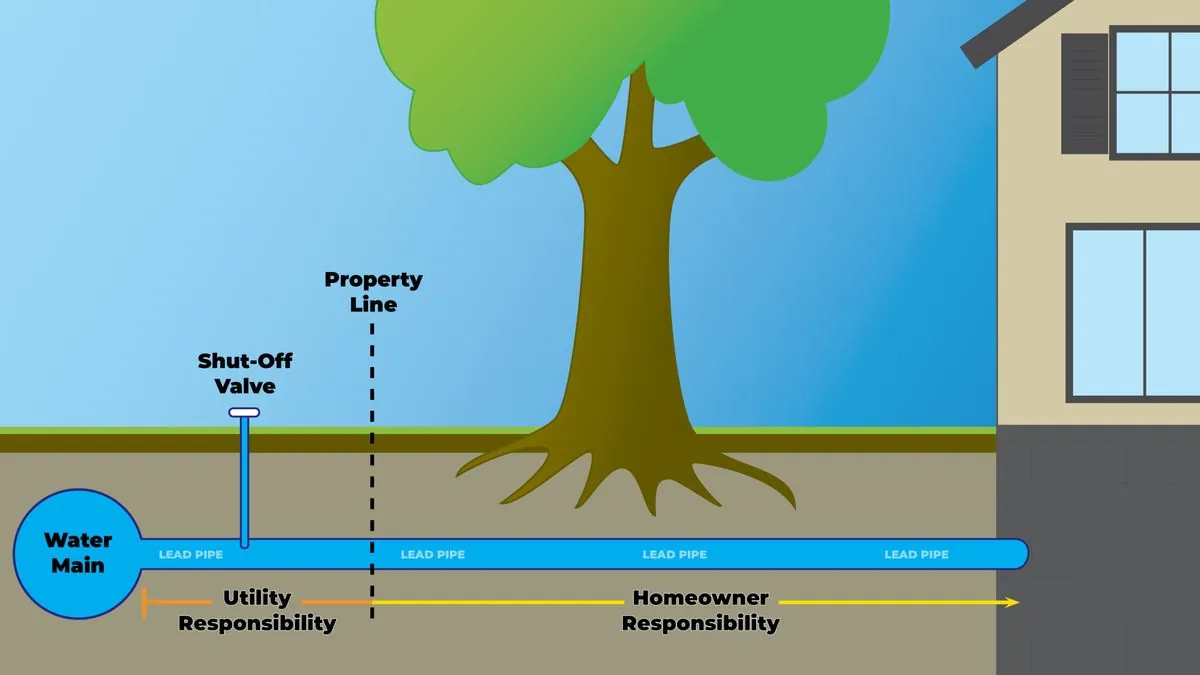Rare Deluge Transforms Sahara: Drought-Stricken Morocco Sees Historic Rainfall
Unprecedented rainfall in Morocco's Sahara region brings both hope and challenges. The desert experiences its wettest period in decades, refilling aquifers but also causing damage and casualties.
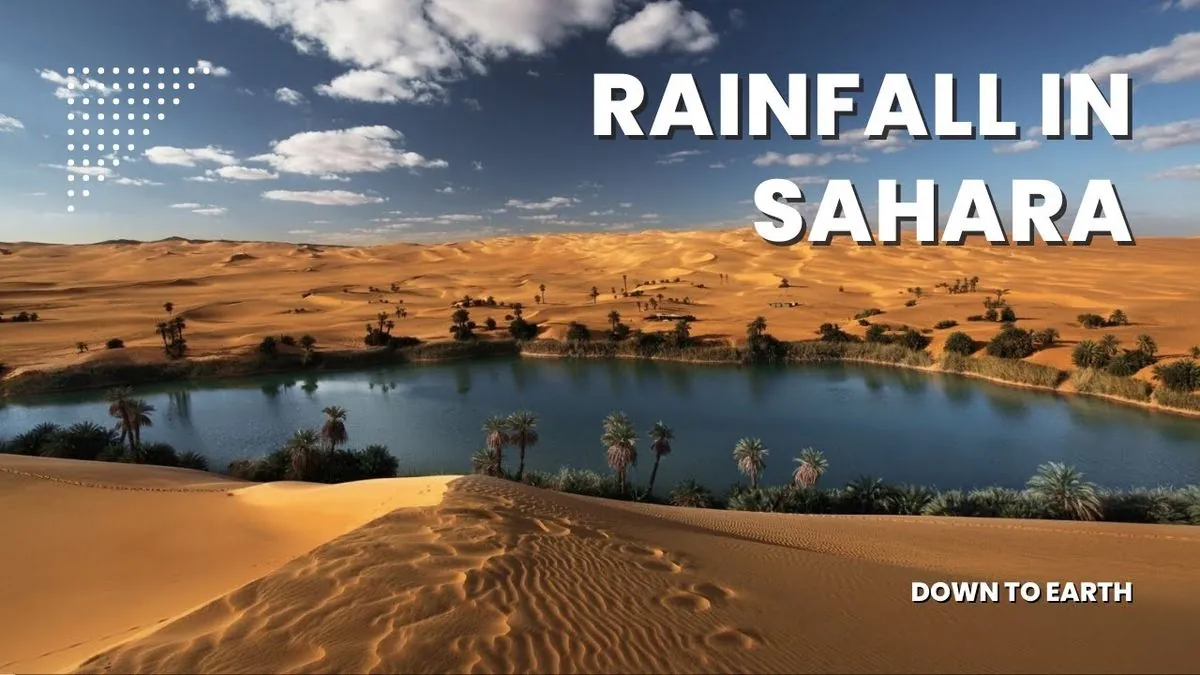
In an extraordinary turn of events, the typically arid Sahara desert in southeastern Morocco has experienced a rare and substantial rainfall, transforming its landscape and potentially altering its future climate patterns. This unexpected deluge has brought both benefits and challenges to the region, which has been grappling with severe drought conditions for the past six years.
The Sahara, the world's largest hot desert covering about 3.6 million square miles, is known for its extreme aridity and temperature variations. However, in September 2024, a two-day rainfall event surpassed yearly averages in several areas that typically receive less than 250 millimeters (10 inches) of precipitation annually. Tata, one of the hardest-hit regions, saw rainfall levels not witnessed in 30 to 50 years.
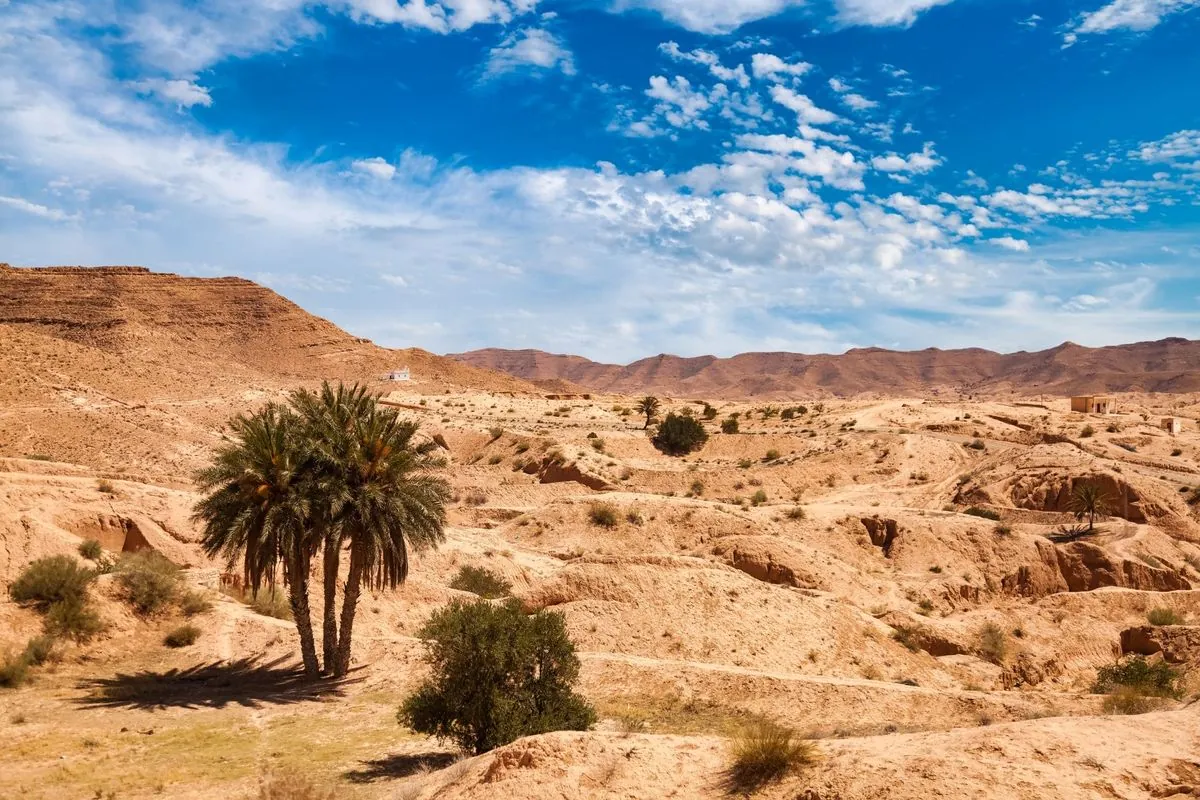
In Tagounite, a village located approximately 450 kilometers south of Rabat, more than 100 mm (3.9 inches) of rain was recorded within a 24-hour period. This exceptional rainfall has created striking scenes of water gushing through the Saharan sands, forming blue lagoons amidst the palm trees and sand dunes.
Houssine Youabeb of Morocco's General Directorate of Meteorology noted the rarity of such an event, stating:
The recent rainfall may have significant implications for the region's future weather patterns. Meteorologists classify this event as an extratropical storm, which could potentially lead to increased moisture retention in the air, causing more evaporation and attracting additional storms in the coming months and years.
While the rainfall brings hope for replenishing groundwater aquifers and filling dammed reservoirs, it also poses challenges. The sudden influx of water has resulted in more than 20 fatalities in Morocco and Algeria, damaged crops, and necessitated emergency relief funds from the government.
One notable impact of this rainfall is the filling of Lake Iriqui, a famous lakebed between Zagora and Tata that had been dry for 50 years. This event highlights the potential for dramatic changes in the desert's ecosystem.
The Sahara's unique characteristics make this rainfall event particularly significant. The desert's landscape includes not only sand dunes but also gravel plains, stone plateaus, and salt flats. Its dunes can reach heights of up to 180 meters, and the region is known for the phenomenon of "singing dunes," where sand movement produces a humming sound.
Historically, the Sahara was once a lush, green area about 5,000-11,000 years ago. Today, it is expanding southward at a rate of up to 48 kilometers per year. The desert is home to unique wildlife adapted to its harsh conditions, including the Fennec fox and the Addax antelope, and has been inhabited by humans for at least 70,000 years.
While this rainfall event brings temporary relief, Morocco continues to face significant challenges due to ongoing drought conditions. The country has experienced six consecutive years of drought, forcing farmers to leave fields fallow and necessitating water rationing in cities and villages.
As climate change continues to impact global weather patterns, some models predict that the Sahara may become greener in the future due to increased rainfall. This recent event may be an early indication of such changes, though it remains to be seen whether it will significantly alleviate the region's long-term drought conditions.
The Sahara's importance extends beyond its natural features. It contains significant mineral resources, including oil, natural gas, and phosphates, and is crossed by ancient trade routes. The desert's clear night sky makes it an excellent location for astronomical observations, and it has been used as a filming location for many movies, including "Star Wars" and "The English Patient."
As Morocco and the surrounding regions adapt to this unexpected rainfall, the event serves as a reminder of the complex and dynamic nature of desert ecosystems and the potential for rapid environmental changes in the face of shifting climate patterns.






























